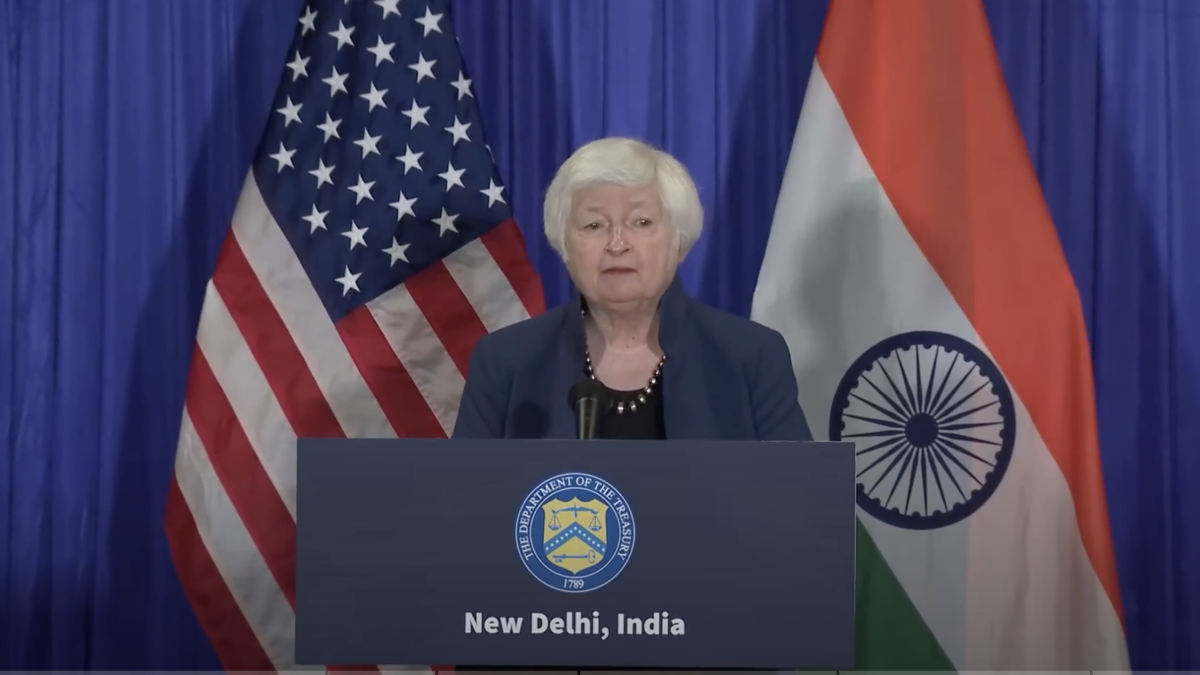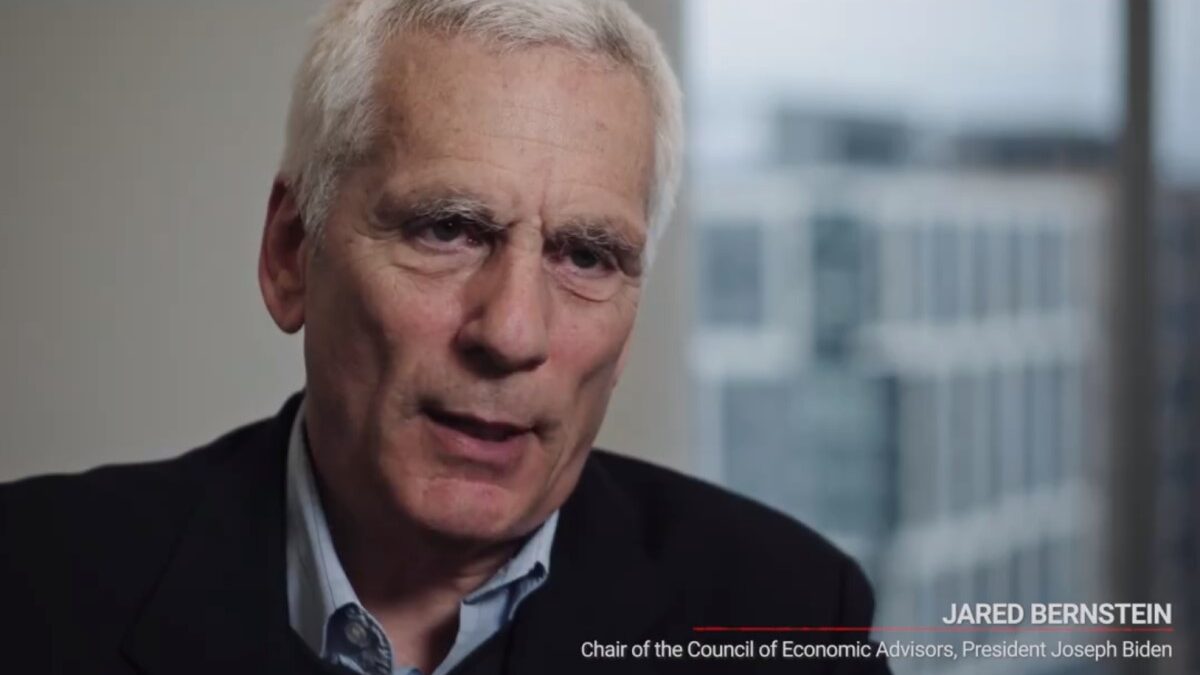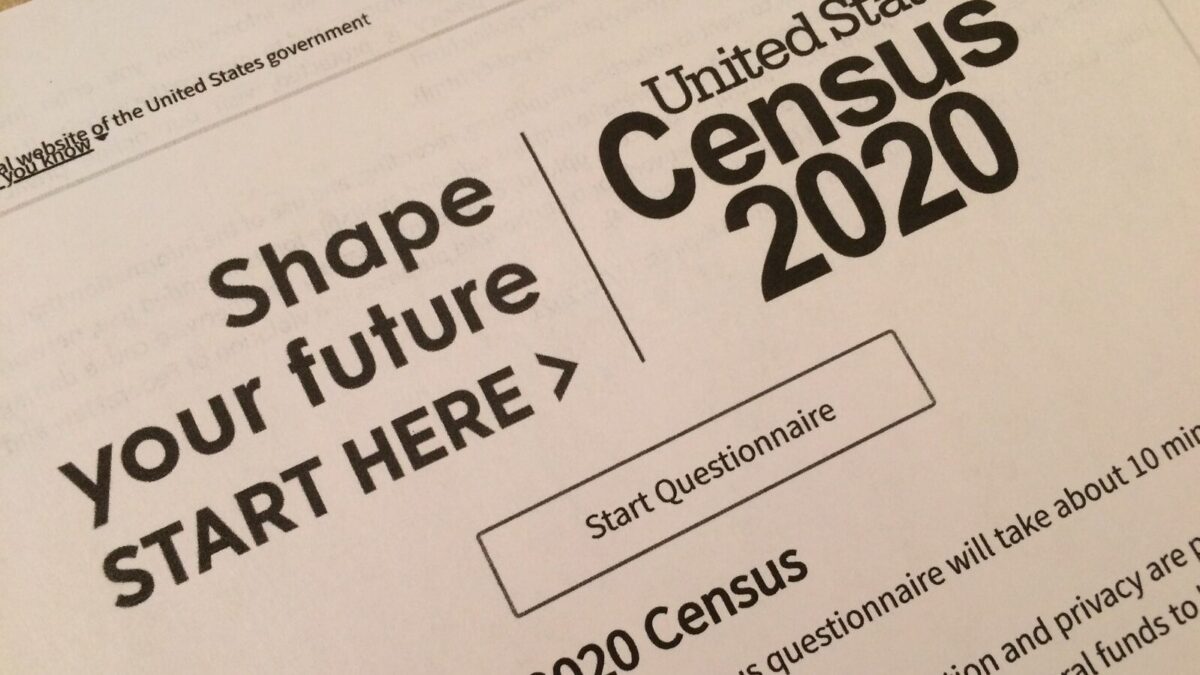
In a record-setting day this week, the price of a barrel of crude dropped to -$37.63. That’s right, a barrel of West Texas Intermediate crude to be delivered in May ended Monday below zero. The news prompted questions about how futures contracts work and how this negative price will affect us individually and economically.
How a Futures Contract Works
Futures contracts allow buyers and sellers to lock in a price of an underlying asset, such as oil, for a future date. Each futures contract is standardized with a set quantity, expiration date, and pre-determined price. The most important benefit of futures contracts is that they eliminate the price uncertainty of the underlying asset for both buyers and sellers.
Futures markets are highly speculative because a trader doesn’t have to pay the full value of a contract when entering it. Instead, the broker only requires a trader to deposit an amount of cash, called initial margin amount, that is equivalent to a small percentage of the full contract value.
For example, let’s say you buy one oil futures expiring in June with the price per barrel at $22. A futures oil contract on the Chicago Mercantile Exchange is 1,000 barrels of oil, so the total value of your one contract is $22,000 ($22 x 1,000). Assuming the broker requires 10 percent as the initial margin, when you enter into the contract, you only have to pay $2,200.
Use the same contract as an example. Suppose you bought it in anticipation of rising oil prices, and it turned out you were right. The price of a barrel increased to $32 two weeks later. You can close your position by selling your contract with a profit of $10,000 [($32-$22) x 1,000]. Futures markets attract many speculators because of the low initial financial commitment and the potential for the payoff to be many times the upfront cost.
Oil futures contracts roll over monthly. A futures contract can be settled by buyers taking the physical delivery of the underlying asset on the expiration day.
However, since speculators are in it to make money, and they either do not want to take the physical asset or have nothing to deliver, they usually try to get out of the contract before it expires by taking the opposite side of the trade: A buyer becomes a seller, and a seller becomes a buyer. This also means price movements of the underlying asset can be extremely volatile close to the contract expiration day when trading volume is high and everyone is trying to make offsetting trades.
What Happened Monday
Tuesday was the expiration day of May futures contracts for oil. So on Monday, those who held long positions on May futures contracts, meaning on paper they agreed to buy oil but never intended to take the physical delivery, were scrambling to get out of the contract.
The problem was that they found very few who were willing to buy these contracts because oil storage space is extremely limited. No one in his right mind would buy something knowing he has nowhere to put it. So those who held the long positions had to keep dropping their asking price in order to offload.
When everyone tried to sell and few wanted to buy, the futures price could only go one direction: down. So at the end of the trading session Monday, the May futures price fell below zero to -$37.63. This means that not only would the oil producer not make any money, but the producer would have to pay the buyer $37.63 per barrel to take the oil off his hands. This has never happened in the 160-year history of the modern oil industry.
Only a few U.S. oil producers have an operating cost below $35 per barrel. Unless the price of oil goes back above $35 quickly, our oil industry will totally collapse, and many will lose their jobs.
Why Is There a Shortage of Storage Space for Oil?
The oil industry experienced a twofold blow this year. First, China, the largest oil importer, shut down its economy for two months due to the Wuhan coronavirus outbreak. As the outbreak spread globally, many governments followed suit, banning travel, issuing stay-at-home orders, and shutting down businesses in hope of containing the pandemic. The demand for oil has fallen significantly due to these draconian measures.
Second, Saudi Arabia and Russia have engaged in a foolish and mutually destructive price war since March 6. Instead of cutting oil supply at the time of reduced demand, both countries increased oil productions and drove the price down even further, hoping the other side would blink first. Eventually, President Donald Trump stepped in to broker a truce between these two countries because he doesn’t want the U.S. energy industry to become collateral damage of the Saudi-Russia price war.
Both Russia and the Saudi-led Organization of the Petroleum Exporting Countries agreed to a production cut, but it was too late. With little demand and oversupply, there is a worldwide shortage of storage space for excess oil. This is why desperate oil producers are willing to pay buyers to take their oil, hence Monday’s collapse of the oil futures price.
While it is a historical moment to see the futures price of oil go below zero, consumers shouldn’t expect gas stations to pay us to pump their gas tomorrow or the day after. The price of crude oil has only limited effects on the retail price of gasoline. The price we pay at the pump includes an array of costs such as transportation and marketing. Gas prices may go even lower, but they won’t be zero or negative.
The State of the Oil Industry is Not Something to Celebrate
Never wanting to let a crisis go to waste, Rep. Alexandria Ocasio-Cortez, D-N.Y., celebrated the potential collapse of the oil industry by tweeting, “You absolutely love to see it, This along with record low interest rates means it’s the right time for a worker-led, mass investment in green infrastructure to save our planet. *cough*.”
She quickly deleted her tweet, probably because someone reminded her that the U.S. energy industry employs close to 6.5 million people and many of these employees live in rural America, where the oil industry is the only game in town to offer a good-paying job and a way to support their families and communities.
The ingenuity of the U.S. oil industry has enabled millions of Americans to enjoy affordable energy and strengthened our national security by making America energy-independent. AOC’s ecstatic celebration of the oil industry’s prospective collapse is a condemnation for the many Americans who depend on it for their livelihood.
If AOC thinks she can take advantage of Americans’ pain to impose her Green New Deal, which is costly (an estimated $5 trillion) and bad for the environment, she is wrong. When oil and gas prices are historically low, it’s the wrong time to invest in more expensive alternative energy sources. If anything, our country should quickly and safely reopen our economy and use this abundant supply of affordable energy to save jobs, rebuild America, and fuel our nation’s next economic miracle.








